Who is Telenor?
Tuesday, 01.08.2006.
14:10

Who is Telenor?
Norway's largest telecommunications company and one of the fastest growing providers of mobile communications services worldwide. Telenor is also the largest provider of TV services in the Nordic region. In 2005, 57% of the Group's revenues were derived from the mobile operations. Telenor has mobile operations in some of the world's fastest growing markets, and the home market, Norway, is one of the most advanced in the world today.Group revenues for 2005 reached NOK 68.9 billion - a growth of 14 per cent compared to 2004. At year-end 2005, Telenor employed 27,600 people (man-years) - 16,700 of whom were employed outside Norway.
Mobile
Telenor is a leading provider of communications services and one of the fastest growing mobile operators worldwide.
At year-end 2005, Telenor held controlling interests in mobile operations in Norway, Denmark, Sweden, Ukraine, Hungary, Montenegro, Thailand, Malaysia, Bangladesh and Pakistan. Telenor also holds minority interests in mobile operations in Russia and Austria.
In accordance with Telenor's strategy of consolidating its position in international mobile by obtaining control of selected international mobile operations, and in order to maximize the benefit of cross-border synergies and increase overall profitability, Telenor also made new acquisitions in 2005.
In October, Telenor entered into an agreement with Vodafone Group for the acquisition of subsidiary Vodafone Sweden for a consideration of NOK 8,170 million, including assumption of debt.
Effective from 26 October 2005, Telenor increased its economic stake in Total Access Communication (DTAC) in Thailand to 56.9 per cent. Following further transactions based on mandatory tender offers, Telenor's economic stake was raised to 69.3 per cent by year-end 2005.
Telenor's mobile commitments in Asia and Eastern and Central Europe are becoming increasingly important and to ensure optimal follow-up, Telenor has appointed dedicated Executive Vice Presidents for these regions. Telenor has also strengthened the co-ordination of operational and human resources across all the countries in which the group has operations through the appointment of two new Executive Vice Presidents to the Group Executive Management.
During 2005, Telenor successfully extracted a number of cross-border synergies across the group. Common technologies for optimal spectrum and network utilisation have been successfully implemented at each of the group's operations, and Telenor maintains its focus on adopting new technologies to improve service quality and reduce costs.
In order to harmonise the group's customer orientation across all markets, Telenor has developed a common segmentation model that enables more effective targeting, while also providing greater insight into the global markets. Telenor has developed a framework that provides affiliates with a proven concept of developing target segmented offerings and optimised go-to-market strategies.
Revenues from voice services include traffic charges, interconnection fees, and roaming charges. All of Telenor's mobile operations derive the greatest share of their total revenues from voice services, and Telenor continues to focus on developing new products, services and initiatives to increase Telenor's customer base and encourage higher usage.
Fixed-line
Telenor is Norway's leading provider of fixed-line telecommunications services, and is strongly positioned in the rapidly growing Nordic market for broadband services.
In Norway, Telenor provides communications solutions on a retail basis to both residential and business customers. Offers include analogue (PSTN) and digital (ISDN) fixed-line telephony, as well as broadband voice services over Internet Protocol (VoIP), Internet access via PSTN/ISDN and digital subscriber lines (xDSL), value-added services and leased lines.
Through the acquisitions of Bredbandsbolaget and Cybercity, made in July 2005 for NOK 4.5 billion and NOK 1.3 billion, respectively, Telenor has gained a strong position in the fast-growing broadband markets in Sweden and Denmark. Bredbandsbolaget is Sweden's second largest provider of broadband services, offering full ''triple-play'' with high-speed Internet, VoIP and Internet Protocol (IP) television services on an all-IP fibre and xDSL network. Cybercity is Denmark's third largest broadband supplier, providing xDSL-based Internet access and voice services to both residential and business customers.
On 8 February 2006, Telenor increased its shareholding in the Swedish residential voice and broadband provider Glocalnet AB by 13.5 per cent, for a consideration of SEK 136 million (NOK 118 million), to secure a 50.1 per cent ownership interest. The acquisition triggered a mandatory offer for all outstanding shares in Glocalnet AB. This offer is valid until 21 April 2006. As at 28 March 2006, Telenor holds a 96.6 per cent ownership interest in Glocalnet.
In the fourth quarter of 2005, Telenor disposed of its operations in the Czech Republic and Slovakia with a loss of NOK 63 million.
Telenor holds a 20.3 per cent ownership interest in the listed Russian fixed-line operator Golden Telecom.
Broadcast
Telenor is the leading provider of television and broadcasting services to consumers and enterprises in the Nordic region.
Telenor also operates the national terrestrial broadcast network in Norway and is the leading provider of satellite broadcasting services in the Nordic region, utilising three geostationary satellites. Telenor's key objective is to further strengthen Broadcast's position in the Nordic region.
Telenor Broadcast provides TV distribution services to more than three million households and businesses in the Nordic region, offering basic tier, "minipay" and premium pay-TV services to subscribers with Direct To Home (DTH) satellite dishes. In Norway and Sweden, Telenor also offers basic tier TV services, pay-TV and Internet services to cable TV subscribers, and in Denmark, the same services are marketed through a cable network; OE Kabel TV, acquired in November 2005. In Finland, Telenor offers premium pay-TV services to subscribers with access to digital terrestrial television (DTT). Telenor also offers TV services through privately owned satellite master antenna TV networks (SMATV), which serve multiple dwellings such as housing associations and antenna unions.
Telenor's wholly owned subsidiary Canal Digital is the leading TV content distributor in the Nordic region, offering a wide range of national and international TV channels to households that rely on DTH, cable, DTT or SMATV for their reception of television services.
Other units
Telenor has substantial activities in addition to the three operations, also including various staff and support functions: Telenor Cinclus, EDB Business Partner, Telenor Eiendom Holding, Telenor Global Services, Telenor New Business, Telenor R&D, Telenor Satellite Services and Telenor Venture.
Telenor Markets
The Nordic regionTelenor in Norway (www.telenor.no)
Telenor's wholly owned Norwegian mobile operation is the country's leading provider of mobile communications services. Telenor offers a broad range of digital services to the Norwegian corporate and consumer markets and has extensive experience from providing mobile services and operating mobile communication networks in Norway.
The Norwegian mobile market is highly developed and competitive. Following the introduction of mobile number portability in November 2001, the mobile market has seen increased levels of churn, consolidation among service providers, and many players have stepped up their marketing efforts. In recent years, Telenor's marketing and distribution efforts have become increasingly segment-oriented.
Sonofon in Denmark (www.sonofon.dk)
Telenor's wholly owned subsidiary, Sonofon, is Denmark's number-two operator, with an estimated market share of 26.6 per cent. Sonofon currently holds three GSM licenses, and in December 2005, it also acquired a UMTS license at a price of NOK 574 million. Under the terms of the UMTS license, network coverage must exceed 30 per cent of the Danish population by 2009, and 80 per cent of the population by 2013.
Sonofon will defend its position as Denmark's number-two mobile operator by offering a range of simple and user-friendly products and services. During 2005, the company stepped up its efforts to increase monthly average revenue per user (ARPU) as well as monthly average minutes per user (AMPU), and reduce churn. Sonofon's initiatives, including packaged offers and flat-rate products have contributed to significant growth in traffic during 2005.
Telenor in Sweden (www.telenor.se)
Following the acquisition of Vodafone's Swedish mobile operation, Telenor is now the third largest mobile operator in Sweden, with 1.7 million subscriptions and a market share of approximately 17 per cent. Vodafone Sweden was acquired on 31 October 2005, at a price of NOK 8,170 million including assumed debt, and the acquisition was completed on 5 January 2006. Telenor expects to achieve full integration of Vodafone Sweden and Telenor Mobile Sweden during the first half of 2006.
Telenor Mobile Sweden is positioned as an innovative, quality operator providing simple and user-friendly products and services at a low cost.
> More on the Nordic mobile market in annual review 2005
The fixed network market
Fixed Norway - Residential (www.telenor.no/privat)
Telenor provides voice services on a traditional public switched telephone network (PSTN), an integrated services digital network (ISDN) and via broadband Voice over Internet Protocol (VoIP). Telenor also provides narrowband (PSTN/ISDN) and broadband (xDSL) Internet access and services to households across Norway. At year-end 2005, Telenor had approximately 922,000 PSTN subscriptions, 286,000 ISDN basic rate access subscriptions, and 24,000 VoIP subscriptions for telephony services. Telenor also had 579,000 Internet access subscriptions in the residential market, comprising 165,000 narrowband (ISDN/PSTN) subscriptions and 414,000 broadband (xDSL) subscriptions.
Fixed Norway - Business (www.telenor.no/bedrift)
Telenor provides its business customers, which include a number of public sector entities, with PSTN, ISDN and VoIP telephony services, Internet access via xDSL and leased lines services. At year-end 2005, Telenor had approximately 167,000 PSTN subscriptions, 216,000 basic rate and 7,000 primary rate ISDN subscriptions as well as 1,600 VoIP subscriptions for telephony services. Telenor also had 61,000 subscriptions for Internet access via xDSL in this market. In addition, Telenor provides integrated voice and data communications solutions, access and network services to the Norwegian business market.
Fixed Norway - Wholesale (www.jara.no)
Telenor provides a range of interconnection and capacity services, including leased lines, in the Norwegian market. Telenor's interconnection and capacity services allow other network operators, Internet service providers and other service providers to connect to our network or use our infrastructure in order to facilitate their own service offerings. Telenor also offers unbundled telephony access (PSTN and ISDN) and xDSL access to other operators and service providers. Further, Telenor provides local loop unbundling (LLUB) and shared access to the local loop, which enables other operators to provide end-users with broadband.
Fixed Sweden (www.telenor.se)
Telenor provides telephony, IP-based and data communication services and advanced network services to the business and wholesale markets in Sweden through the group's wholly owned Swedish subsidiary Utfors AB. As from July 2005, Telenor provides high-speed Internet, VoIP, IP-TV and add-on broadband services to the Swedish residential market through the wholly owned subsidiary Bredbandsbolaget, which had approximately 369,000 subscriptions (a 20 per cent market share), at year-end 2005.
Fixed Denmark (www.cybercity.dk)
As from July 2005, Telenor provides broadband solutions and network-based products, such as security and VPN products for residential and business customers, through its Danish broadband provider Cybercity. Cybercity serves small, medium and large business customers as well as residential customers. As year-end 2005, Cybercity had approximately 122,000 xDSL customers.
The TV market
Telenor is the leading provider of television and broadcasting services to consumers and enterprises in the Nordic region. Telenor also operates the national terrestrial broadcast network in Norway and is the leading provider of satellite broadcasting services in the Nordic region, utilising three geostationary satellites. Telenor's key objective is to further strengthen Broadcast's position in the Nordic region.
Telenor also provides transmission services for broadcasters through Telenor Satellite Broadcasting and Norkring. Telenor Satellite Broadcasting owns and operates satellite transmission capacity on the satellite position 1-degree west, and is the largest Nordic provider of commercial satellite services for transmission of television and radio programmes.
Visit the following websites for more information about: Canal Digital, Conax, Norkring and Telenor Satellite Broadcasting.
Eastern and Central Europe
Mobi63 in Serbia (http://www.mobtel.com/)
Telenor has just purchased Mobi63 with a € 1,513 million bid. That is the record price for any of the Serbian companies sold to date.
ProMonte in Montenegro (www.promonte.com)
Telenor's wholly owned subsidiary ProMonte is Montenegro's leading provider of mobile communications services. ProMonte holds a GSM 900 and a GSM 1800 license. At year-end 2005, ProMonte's GSM network had achieved a geographical coverage of approximately 75 per cent and population coverage of 98.7 per cent.
Since it first launched GSM services in 1996, ProMonte has positioned itself as an innovative quality operator within all segments, focusing on simplicity and user-friendliness.
Pannon in Hungary (www.pannon.hu)
Telenor's wholly owned mobile operation Pannon is Hungary's number-two mobile operator. Pannon currently holds two GSM licenses (GSM 900 and GSM 1800). In December 2004, the company was awarded a UMTS license.
Pannon has positioned itself as a high-quality provider with up-to-date features, competitive rates and quality customer service. Pannon has recently targeted the youth segment, providing offers for select services under the djuice brand.
Kyivstar in Ukraine (www.kyivstar.net)
Telenor holds a 56.5 per cent ownership interest in Kyivstar, Ukraine's largest mobile operator. Kyivstar currently holds a GSM 900 and a GSM 1800 license. At year-end 2005, Kyivstar's GSM network offered a geographical coverage of approximately 92 per cent and population coverage of approximately 96 per cent. Kyivstar's network is fully GPRS upgraded.
VimpelCom in Russia and CIS (www.vimpelcom.com)
VimpelCom is a key affiliate of Telenor and Russia's second largest mobile operator, with an overall market share of 34.3 per cent at year-end 2005. VimpelCom's ADSs are listed on the New York Stock Exchange and registered with the SEC. VimpelCom has subsidiaries in Kazakhstan, Uzbekistan and Tajikistan. VimpelCom's ownership of Ukrainian Radio Systems (URS) in the Ukraine is currently the subject matter of litigation between Telenor and VimpelCom.
Asia
DiGi in Malaysia (www.digi.com.my)
Telenor holds a 61 per cent ownership interest in DiGi, the third largest mobile operator in Malaysia. DiGi currently holds a GSM 1800 license, and offers mobile voice, roaming and value-added services on both prepaid and contract basis. DiGi is currently one of the leading operators in the prepaid segment, which is the fastest growing segment in the Malaysian mobile market.
During 2005, DiGi continued to stand out as an innovative player and was the first to launch a number of new products and services. The company also offers a variation of subscription plans to meet the needs of its contract customers.
DTAC in Thailand (www.dtac.co.th)
On 26 October 2005, Thai Telco Holdings (TTH), a 49 per cent subsidiary of Telenor, completed the purchase of a 39.9 per cent stake in United Telecommunications Industry PCL (UCOM). In compliance with relevant stock market regulations in Thailand and Singapore, TTH then launched a mandatory tender offer for all outstanding shares of UCOM and, along with Telenor Asia, a Chain Principle Offer for all of the shares of DTAC that they and their parties acting in concert, as defined by stock market regulation in Singapore, did not collectively own or control. The results of the mandatory tender offer resulted in an increase in Telenor's economic stake in DTAC, held through TTH, UCOM and Telenor Asia, to 69.3 per cent as at 31 December 2005.
GrameenPhone in Bangladesh (www.grameenphone.com)
Telenor holds a 62 per cent ownership interest in GrameenPhone in Bangladesh, the country's leading provider of mobile communication services. GrameenPhone currently holds both a GSM 900 and a GSM 1800 license. The Bangladeshi government has not yet announced any plans to issue UMTS licenses.
Telenor Pakistan (www.telenor.com.pk)
Telenor's wholly owned subsidiary Telenor Pakistan launched GSM mobile services on 15 March 2005, and at year-end the company had acquired a market share of approximately nine per cent. Telenor acquired the license to build and operate a mobile network in Pakistan in April 2004 at a price of USD 291 million.
Chronology
2005: In March, we launched our greenfield mobile operation in Pakistan, which at year-end 2005 had 1.9 million subscriptions. In the Nordic region, we greatly enhanced our overall position through the acquisitions of the mobile operator Vodafone Sweden, and the broadband suppliers Cybercity in Denmark, and Bredbandsbolaget in Sweden. We also increased our economic exposure in DTAC in Thailand, and this allowed us to consolidate the company.2004: Telenor opens the first UMTS mobile network in Norway. The remaining shares in Cosmote are sold with a profit of NOK 2.6 billion. Telenor enters into an agreement to roll out mobile communications infrastructure in Pakistan. The efficiency programme Delta 4 is completed, resulting in savings of more than NOK 4 billion.
2003: Enters into an agreement to acquire 100% of Sonofon in Denmark, buying out BellSouth. Telenor also acquires the remaining 25% of Comincom-Combellga in Russia, which is later merged with Golden Telecom, in which Telenor obtains an ownership interest of 19.5%. Telenor disposes of half of its shares (9%) in Greek mobile operator Cosmote with a profit of NOK 2.1 billion. A new mobile alliance, Starmap, is formed, with nine European mobile operators as members from the outset.
2002: Jon Fredrik Baksaas succeeds Tormod Hermansen as CEO in April. The headquarters in Oslo is inaugurated in September, after more than 6,000 employees have moved in. The efficiency programme Delta 4, which aims to reduce Telenor's cost base by NOK 4 billion from 2001 to 2004, is introduced. Directory inquiry services are opened for competition. Telenor increases its investment in VimpelCom.
2001: The ownership shares in Germany and Ireland are sold with a profit of more than NOK 21 billion. The stake in North West GSM is also sold, but Telenor increases its share in Hungary's Pannon to 100%, and Malaysia's DiGi to 61%. Acquires Comsat Mobile Communications from Lockheed and becomes the world's largest operator of mobile satellite services. Telenor acquires the remaining 50% of Canal Digital and becomes the Nordic region’s leading player on distribution of TV signals via satellite dish and cable. Telenor Media is sold to Texas Pacific Group for NOK 5.8 billion. The UMTS network opens in December. Telenor's ISDN penetration peaks at 800,000 lines. Telenor is the world leader in ISDN penetration, and records a 50% penetration in the residential and consumer markets combined.
2000: Telenor AS is part privatised on December 4. The listing is the largest ever in Norway. The state's ownership share is reduced to 77.7%. The sale earned the company NOK 15.6 billion. Telenor buys into TAC/UCOM in Thailand (30% in TAC and 25% in the parent company UCOM).
1999: The Norwegian and Swedish states decide to intervene in the merger of Telenor and Telia on 16 December. Mobile service WAP is introduced. Telenor acquires a 33% share of the mobile operator DiGi in Malaysia.
1998: The last part of the monopoly on telecommunications is brought to an end: The Norwegian telecommunications market is opened for full competition.
1997: The telecommunications network is fully digitalised. Telenor enters into a consortium to build mobile networks in Ukraine and Germany, and opens mobile networks in Bangladesh and Ireland and is also awarded licences in Greece and Austria.
1996: Telenor is awarded a licence to build GSM networks in Montenegro and in Bangladesh.
1995: Norwegian Telecommunications changes its name to Telenor. Northwest GSM, where Telenor has a 13% ownership share, officially opens in St. Petersburg, Russia. Telenor signs a contract for the development of satellite networks in the Czech Republic.
1994: Norwegian Telecommunications becomes a public corporation. Telenor introduces ISDN (Integrated Services Digital Network). ISDN is the first digital copper-based access. The service becomes a huge success and generates substantial revenues for Telenor. International media describe the Winter Games at Lillehammer as "the Mobile Phone Olympics" - 25,000 mobile phones were in use.
1993: Norwegian Telecommunications' GSM-system is officially opened, in Tele-mobil's own network. Pannon GSM is established to deliver mobile telephony in Hungary, Norwegian Telecommunications holds a 14% share.
1992: Norwegian Telecommunications purchases the satellite "Thor", positions it at one-degree west, and a comprehensive programme for the distribution of TV signals is launched. Large restructuring measures are introduced, affecting around 6,000 man-years over a four-year period.
1991: Two licenses for GSM mobile telephony issued in Norway. One goes to Tele-mobil, owned 100% by Norwegian Telecommunications, the other goes to NetCom.
1988: Norwegian Telecommunications' monopoly on the sale of telephone sets ends.
1985: Automatisation of the Norwegian telecommunications network is completed.
1981: The mobile telephone is automated, and NMT is launched.
1976: Norwegian Telecom opens satellite connection from the mainland to oil installations in the North Sea.
1975: The push-button telephone is introduced in Norway.
1974: The last private telephone company, Andebu Telephone Association, is taken over by Norwegian Telecommunications.
1969: The Norwegian Telegraph Administration changes its name to Norwegian Telecommunications (Televerket), and transmission of data over the network is introduced.
1967: Last private city exchange, Mandal, taken over by The Norwegian Telegraph Administration.
1966: The manual mobile telephone is introduced.
1946: Telex services appear in Norway.
1933: The first red telephone kiosks appear.
1932: The speaking clock service is introduced.
1920: The first automatic exchanges are installed in Norway (completed in 1985).
1918: The first automatic exchange appears.
1909: The trunk telephone network, Telefonvaktbyrå - a reception service, is established.
1906: Telecommunications using radio waves officially opened between Røst and Sørvågen. This is one of the first of its kind in Europe.
1901: The Norwegian Telegraph Administration takes over the telephone exchange in Christiania.
1893: The first international telephone line set up, between Christiania and Stockholm.
1886: Bell and Christiania Telephone Association merge into Christiania Telephone Company.
1880: International Bell Company opens for traffic in Oslo.
1878: The cities Arendal and Tvedestrand are connected via telephone cables.
1877: The first known public demonstration of the Bell telephone set takes place in Bergen in June.
1870: Telegraphy reaches Vardø in the far north of Norway, thereby securing nationwide coverage.
1869: Cable connection to Great Britain opened.
1867: Cable connection to Denmark opened. 1855: The Norwegian Telegraph Administration's first telegraph line, between Drammen and Christiania, is officially opened on 1 January.



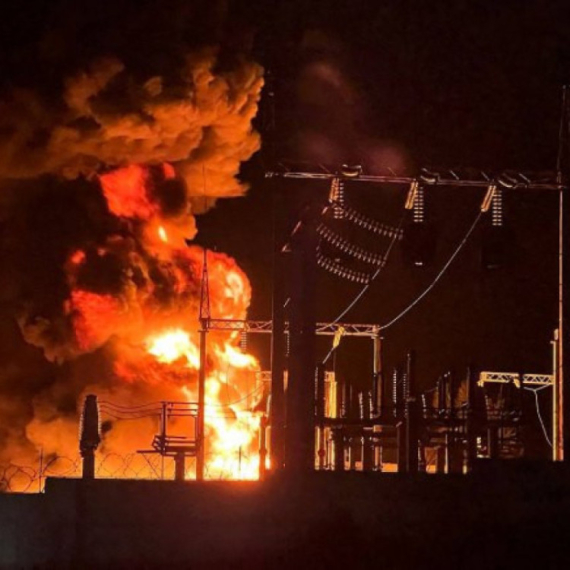
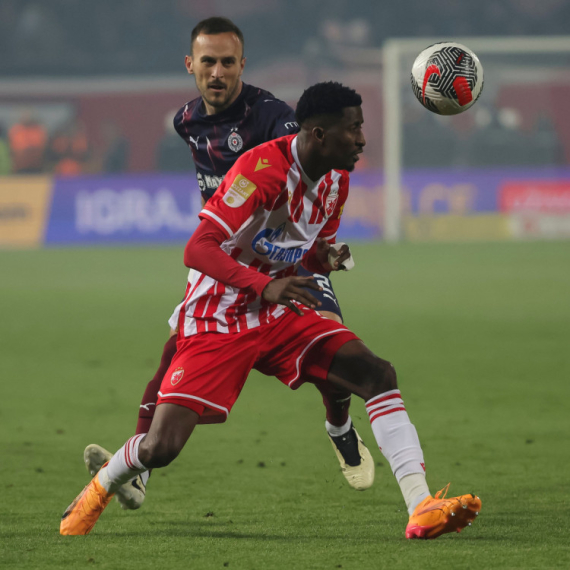





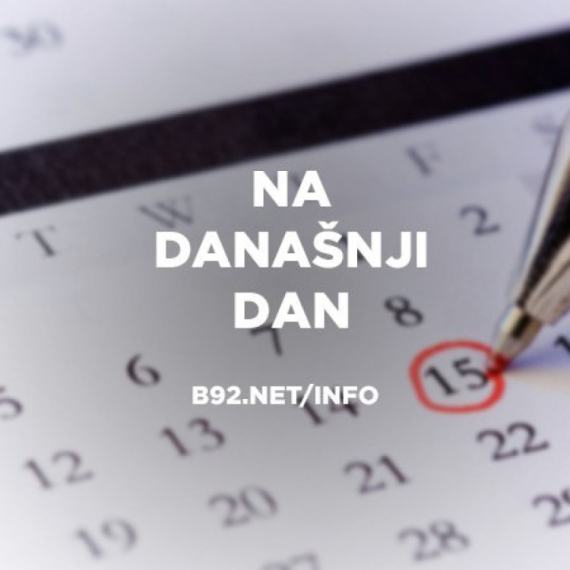
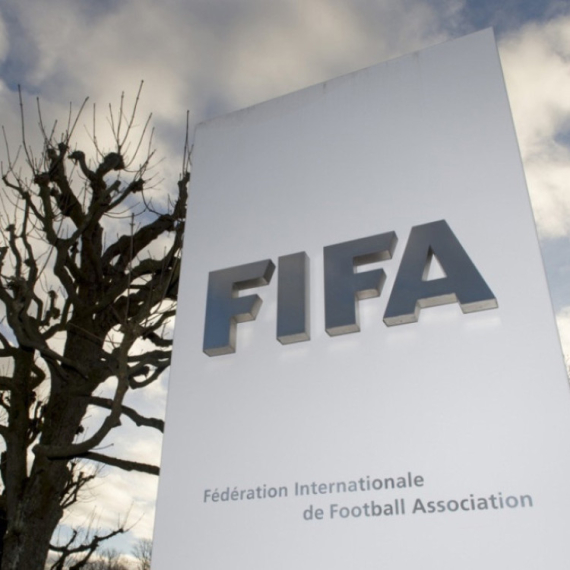
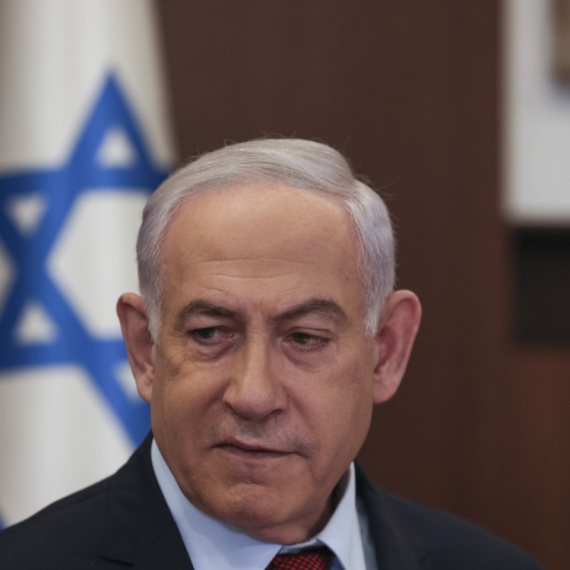


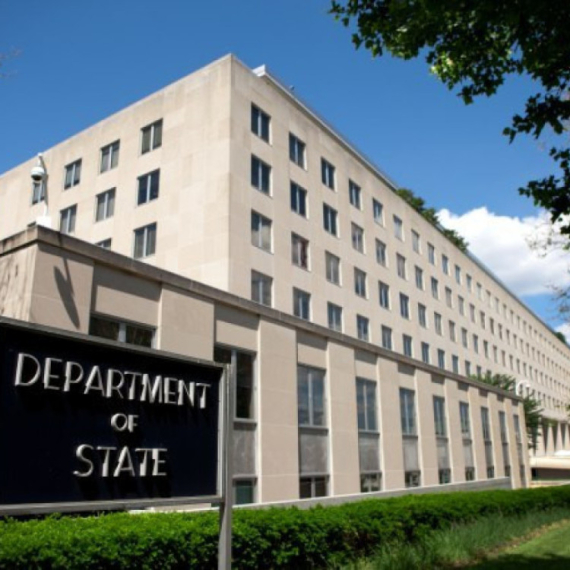
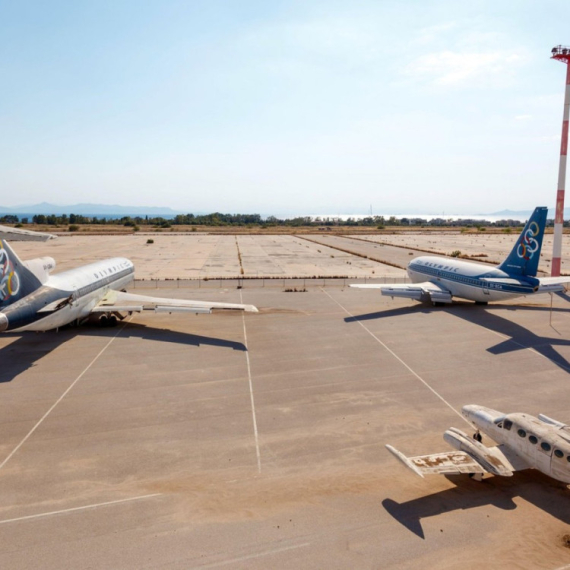


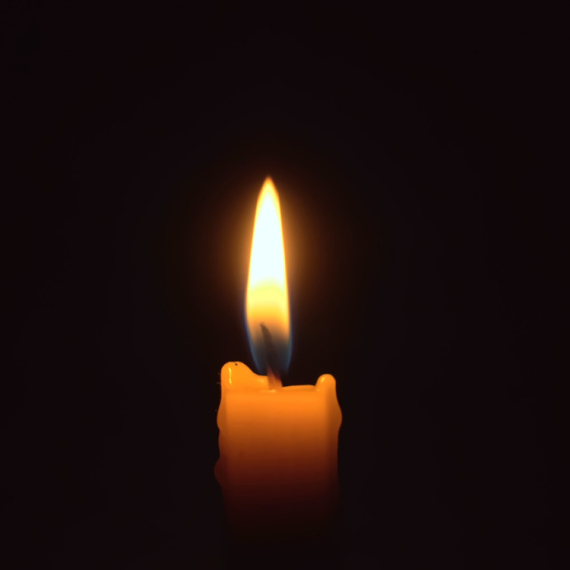


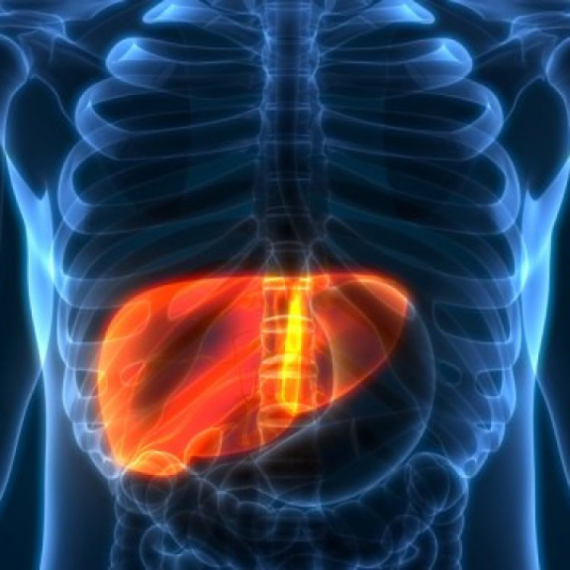




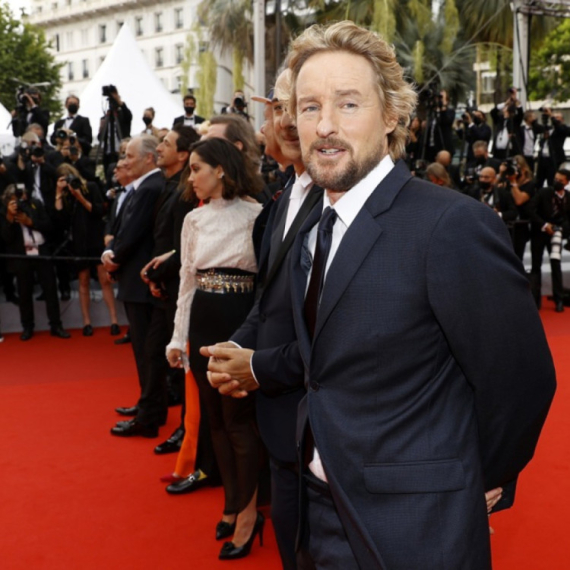









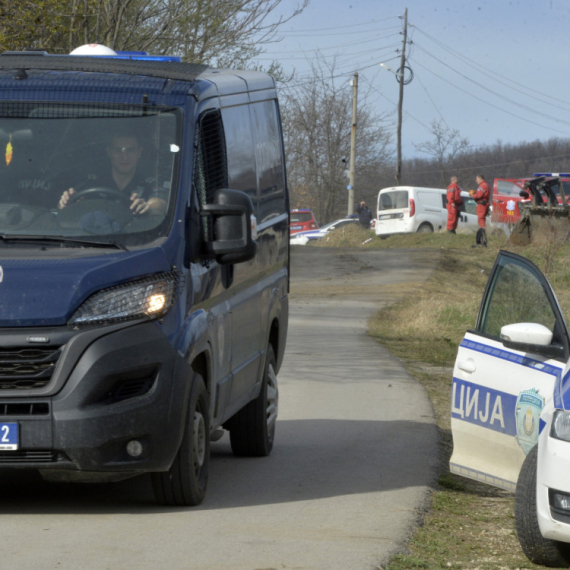
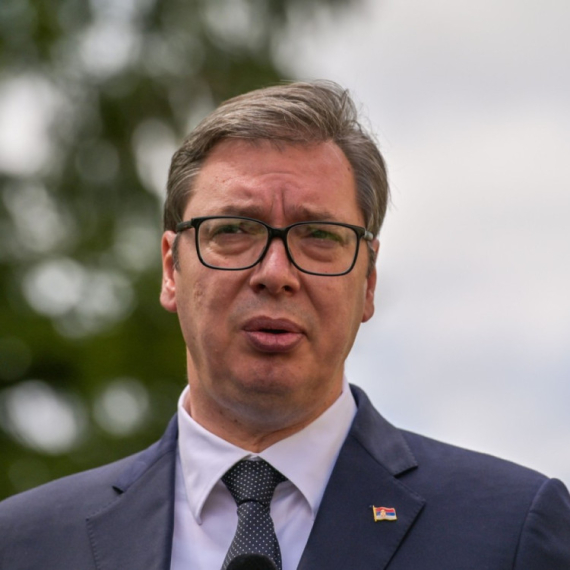
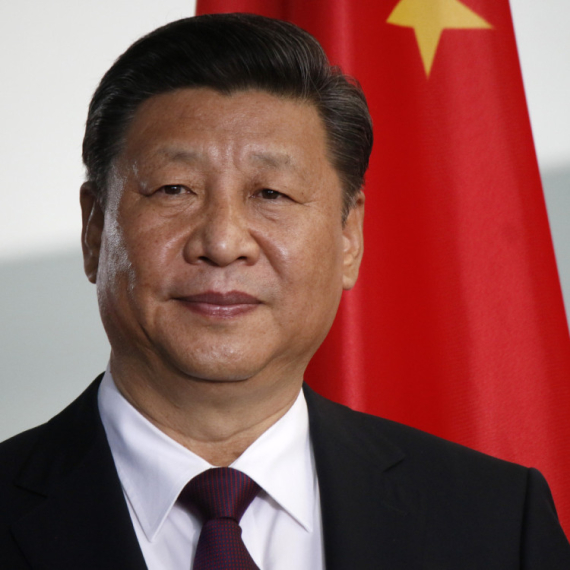

Komentari 0